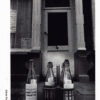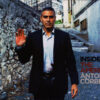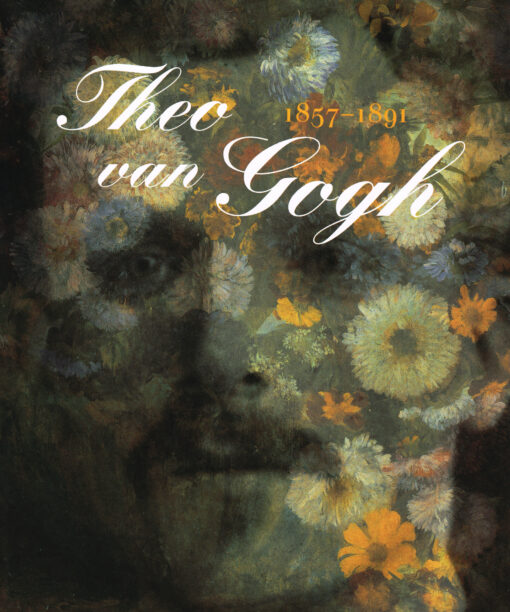Theo Van Gogh, Vincent’s younger brother, was an influential art dealer working in Paris in the 1880s. This fascinating study presents Theo Van Gogh’s life and work in the context of the French art world of his day. Representative works from the extensive art collection he built are included here, including some by Vincent that held special significance for Theo.
Gerelateerde producten
kunst
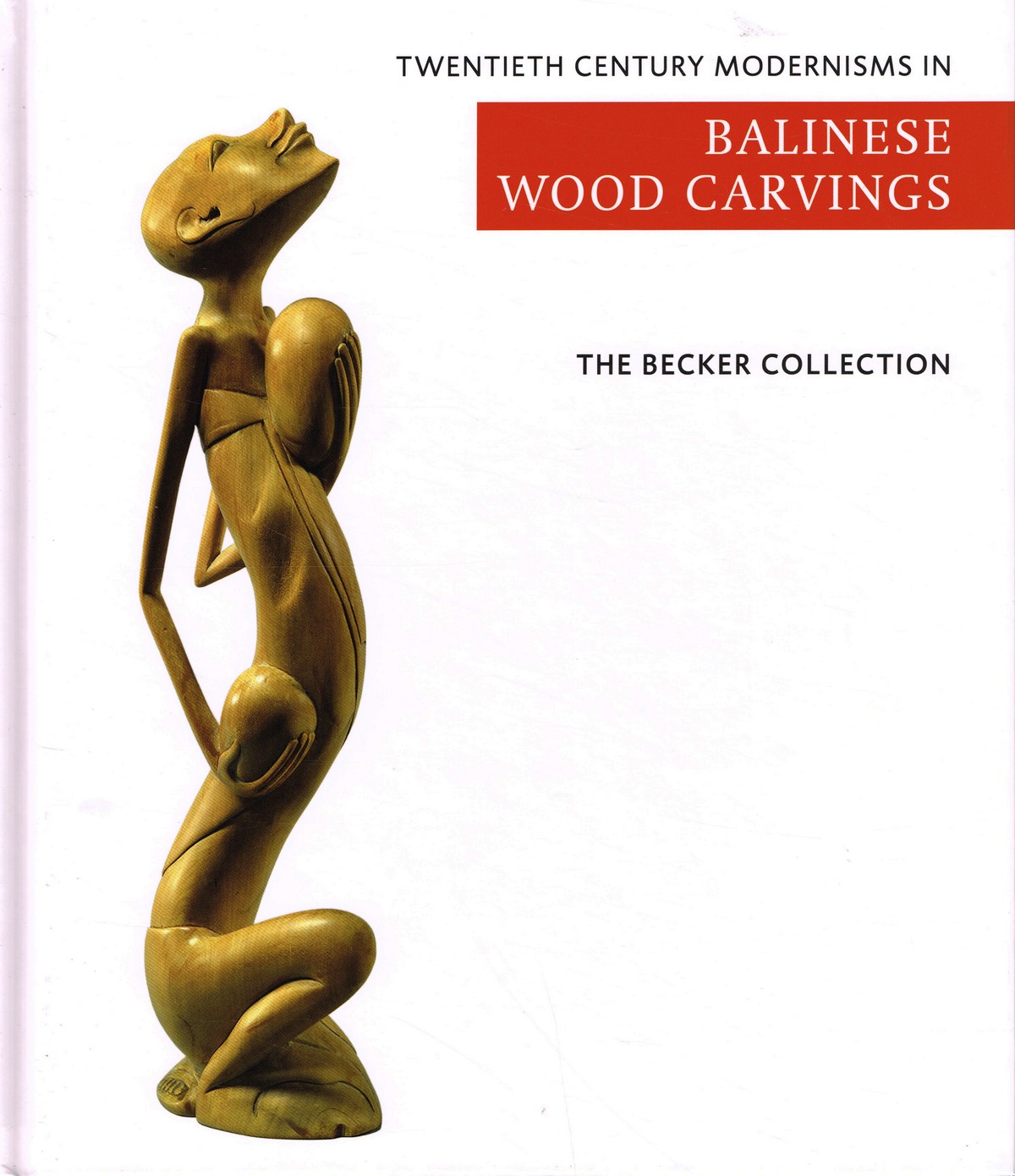
Ton & Mies Becker
Twentieth Century Modernisms in Balinese Wood Carvings
'The Becker Collection - Twentieth century modernisms in Balinese wood carving' contains the private collection of twentieth century ?modern style? Balinese wood carvings, collected by Ton and Mies Becker, both retired medical specialists and collectors of Asian art. Between the 8th and 10th century Hindu influences spread to Bali and blended into the exiting Balinese mix of animistic and Buddhist styles and subjects, known as Bali Aga. Hence, in due time the craftsmen obtained the subjects for their works from the Hindu-Balinese religion and their heroes and demons from famous Hindu epics. This particular style became known in the Western art world as the ?Traditional or Old Balinese style?. In the 20th century the arts and crafts scene in Bali changed completely. First because of Western artist who visited Bali and stayed on to work there and, second, because of the gradual influx of increasing numbers of foreign tourists. In addition the Dutch colonial government started a military campaign to control the powerful kingdoms of central and southern Bali. As a result the local craftsmen lost their royal support and soon realized that foreign tourists were not particularly interested in gods and heroes. Hence, stimulated by some of the Western artists who had settled in Bali, they turned to secular subjects taken from nature and everyday life and became more impressionistic in the execution. This led to a range of new styles, often impressionistic and sometimes even minimalistic and caricatural with bizarre elongated shapes or solid compact forms. In this book we are concerned with this particular type of 20th century ?Modern Style? Balinese wood carving. The catalogue contains 40 objects of ?modern style? wood carving, representing different styles. Each object is photographed, both as an overview and in details if so requested. A brief description of each object is provided, together with the estimated date, and additional information is provided if considered useful. The catalogue is preceded by an essay on the history of Balinese wood carving. Van Spijkgeb - 144 blz
kinder- & jeugdboeken
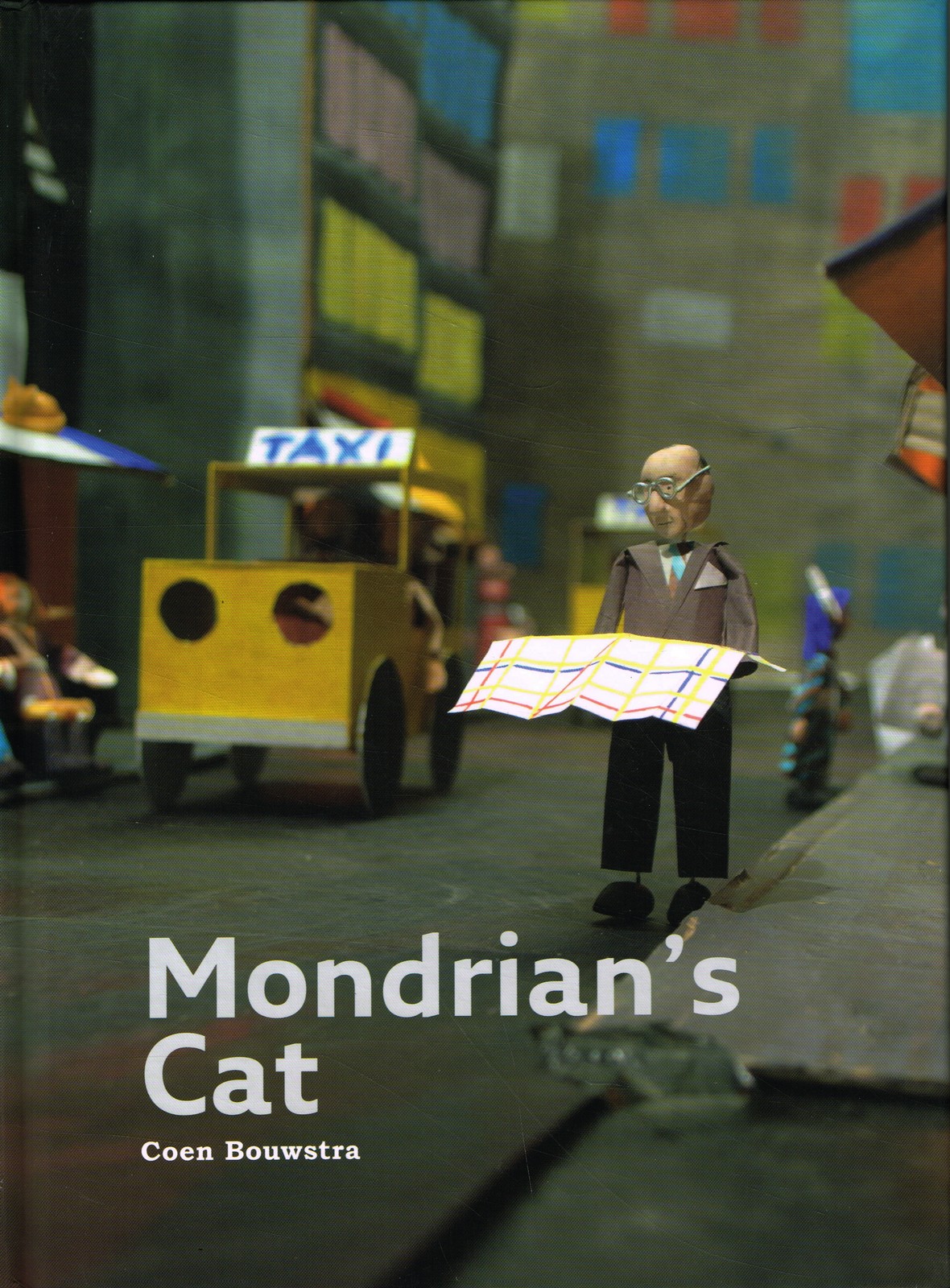
Coen Bouwstra
Mondrian’s cat
A timeless reading and reading book for young and old about the life and work of artist Piet Mondriaan, in honor of his 150th year of birth. In Mondriaan's Cat you get to know the famous painter Piet Mondriaan. He is best known for his paintings with black lines and red, blue and yellow areas. But he painted more. In this book he and his cat take you through his development as a painter who started in the Netherlands. He then went to Paris and in his last years he lived in New York. Mondrian was fascinated by colors and lines and developed into one of the greatest painters of abstract art. Everyone knows Piet Mondriaan, but his work is difficult to understand. That is why it is all the more admirable that Coen Bouwstra, author and illustrator, succeeds in making the painter's work accessible to the very youngest. In beautiful scenes he shows what moved Mondriaan. Mondriaan paid attention to color and the patterns in the landscape. He moved further and further towards the abstract, culminating in his Victory Boogie Woogie, inspired by Boogiewoogie music. SPA uitgeversgeb - 32 blz
kunst
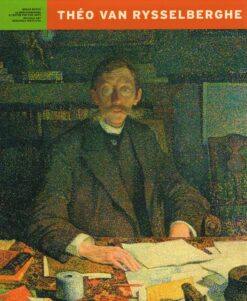
Théo van Rysselberghe
The key figure of Belgian Neo-Impressionism, Théo Van Rysselberghe (1862-1926) has a considerable reputation outside his own country. Van Rysselberghe had ties with the outstanding Belgian and French painters of his day and painted a number of portraits of friends such as Emile Verhaeren, Edmond Picard, Camille Lemonnier, André Gide, Paul Signac, and Henri-Edmond Cross. Through his art, the painter entered into a dialogue with his contemporaries, including Seurat, Signac, Cross, Van de Velde, Morren, Lemmen, and Finch. A number of styles can be observed: Orientalism (his first travels in Morocco), Impressionism (seascapes painted near Knokke, scenes from Moroccan life), Neo-Impressionism, portraits, and his late works (seascapes, landscapes, and female nudes). Mercatorfondsgeb - 261 blz
kunst
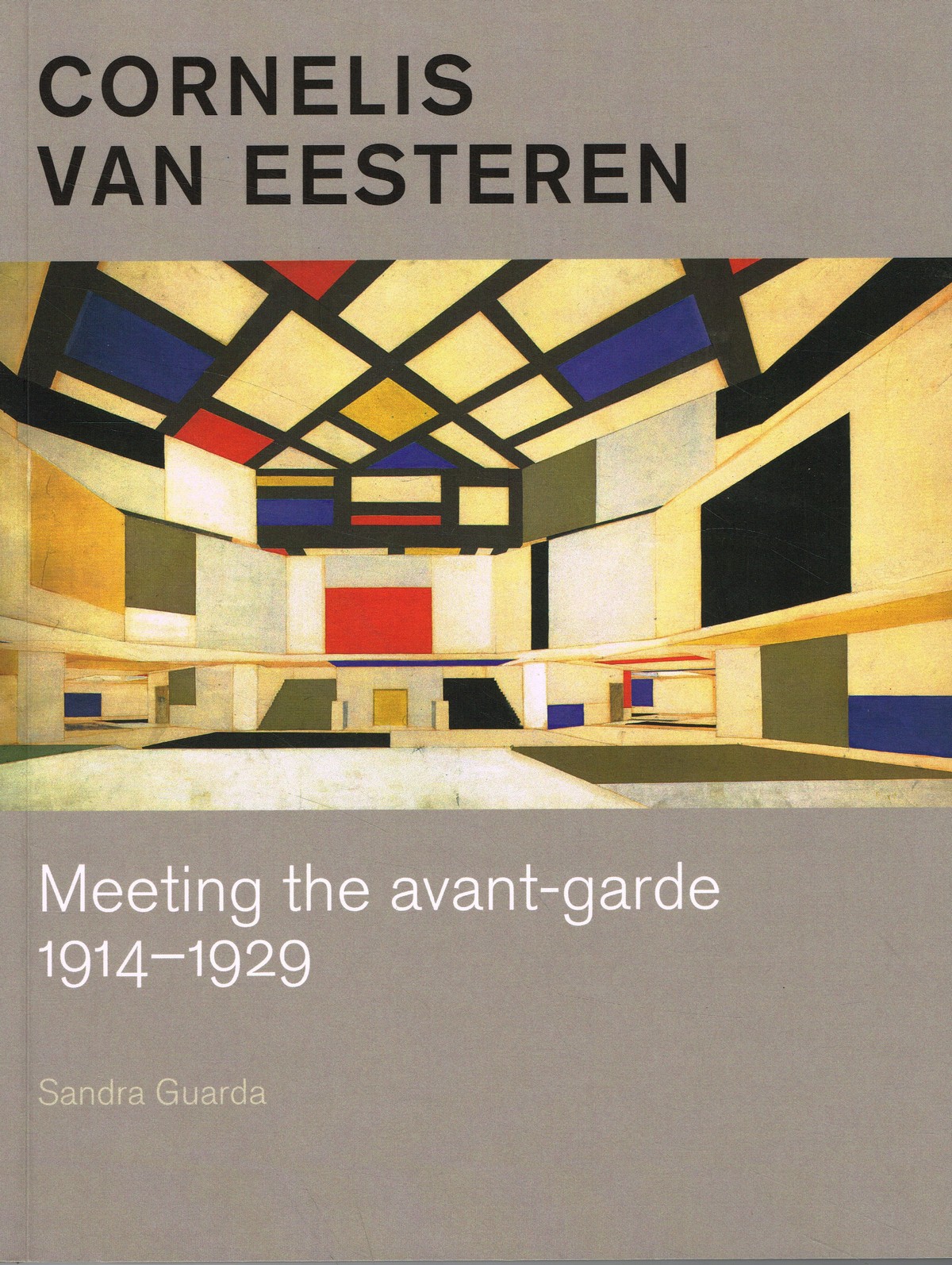
Sandra Guarda
Cornelis van Eesteren
The celebrated Dutch architect and urban planner Cornelis van Eesteren is most famous for his work on the Amsterdam General Extension Plan (AUP), dating from 1934 and implemented after the Second World War, and for his role as the chairman of the International Congress for Modern Architecture (CIAM) from 1930 to 1947. He was a pioneer, and a highly influential figure of modernist urbanism. During his less known 'coming-of-age' years in the 1920s, an exceptionally exciting period in the cultural history of the 20th century, the curious and talented young man was in the right place at the right time. He visited the Bauhaus in Weimar, where he met Walter Gropius, El Lissitzky and Theo van Doesburg, among many others; he spent a week in Vienna with Adolf Loos; he joined De Stijl and collaborated with Theo van Doesburg and Gerrit Rietveld in the now legendary De Stijl exhibition in Paris in the fall of 1923. This chronological account of the events of his youth follows Van Eesteren closely, supported by diary entries and personal letters, and through his encounters, friendships and fallouts the artistic Zeitgeist of the 1920s becomes enjoyably tangible. Thothpap - 96 blz
